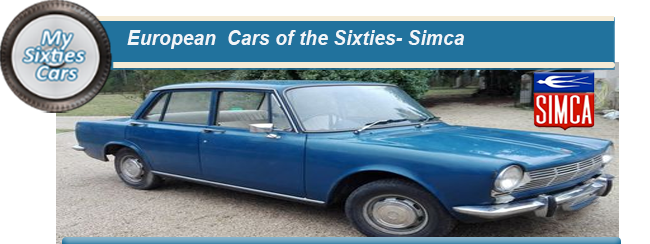
Henri-Theodore Pigozzi was already a well-known figure on the periphery of the Italian auto industry, dealing in metal recycling on a vast scale, when, in 1922, his path crossed with that of Giovanni Agnelli, the ultra-powerful founder of Italian auto giant Fiat.
Agnelli took a liking to Pigozzi, and the pair struck a business relationship with Pigozzi, firstly with Pigozzi supplying scrapped automobile bodies which Fiat was always in need of for recycling purposes.
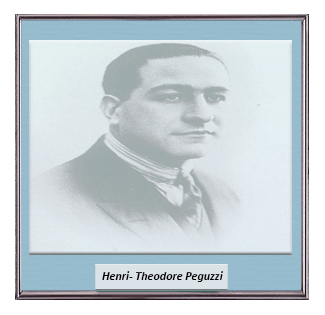 As the relationship between the two deepened, Agnelli, in 1926, impressed with Pigozzi’s flair and business acumen, appointed him the primary agent for Fiat for France.
As the relationship between the two deepened, Agnelli, in 1926, impressed with Pigozzi’s flair and business acumen, appointed him the primary agent for Fiat for France.
Two years later, Pigozzi’s French company (Société Anonyme Français des Automobiles FIAT) SAFAF acquired large premises in the Paris suburb of Suresnes, where he began to assemble Fiats for sale in France, even licensing production of a number of parts to local suppliers.
By the mid-Thirties, up to 30,000 Fiat cars were being sold annually by SAFAF.
At the end of 1934, Pigozzi, on the lookout for larger premises to compound his association with Fiat, even more, became aware that Donnet-Zédel vehicle production plant in Nanterre was available for sale.
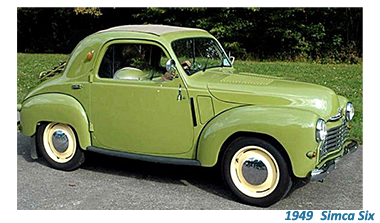 Ever thinking forward, Pigozzi was undeterred that Donnet-Zédel had gone bankrupt just a few months previously, a victim of the significant downturn in demand during the recession that had struck France as well as most of Western Europe.
Ever thinking forward, Pigozzi was undeterred that Donnet-Zédel had gone bankrupt just a few months previously, a victim of the significant downturn in demand during the recession that had struck France as well as most of Western Europe.
Not wasting too much time on sentiment, Pigozzi snapped up the plant, which he named Société Industrielle de Mécanique et Carrosserie Automobile, or Simca for short.
Simca was fully operational by early December of 1934, producing almost exact duplicates of current Fiat models.This new arrangement proved to be ideal for both Pigozzi and Fiat with Simca y gradually climbing the sales chart till they became the fourth largest car manufacturer in France, behind Renault, Citroen, and Peugeot.
![]()
This situation continued until the outbreak of the Second World War, where Simca was ordered by the Nazi occupiers to switch production towards the war effort, although the plant did, almost openly, continued to produce a minimal amount of private cars for sale on the open market.
Why the Simca plant at Nanterre rarely came under attack has never been explained. If there was a price to be paid for enjoying the benefits of his association with Agnelli, Pigozzi paid for it in full following the 1944 liberation.
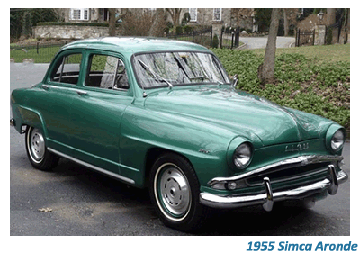 Simca’s association with Fiat was regarded a significant liability in post-war France who had suffered from four years of Germany’s occupation.
Simca’s association with Fiat was regarded a significant liability in post-war France who had suffered from four years of Germany’s occupation.
If the company had been dependent on domestic sales, they might well have gone bankrupt.
Thankfully, the American administration, anxious to maintain stability and keep people working, awarded Simca a large scale contract from the US Army to repair large numbers of Jeep engines.
This agreement provided Simca with some valuable breathing space of which they were able to take full advantage.
Much is it may have been unpalatable to many, especially their competitors; there was no escaping the fact that Simca was the only French company that could produce cars in commercial quantities, at a time when there was a high demand.
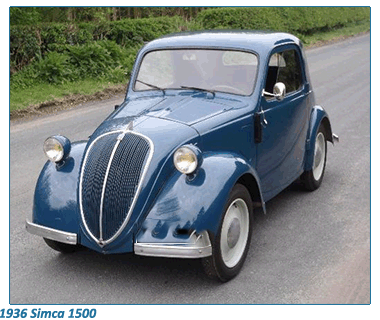 Simca took a very prominent place at the first post-war Paris Motor Show, displaying two brand new models, the Five and the Eight, both of which bore a powerful resemblance to their pre-war equivalents.
Simca took a very prominent place at the first post-war Paris Motor Show, displaying two brand new models, the Five and the Eight, both of which bore a powerful resemblance to their pre-war equivalents.
The first genuine post-war car released by Simca was the Six, which debuted in 1948. Powered by a 570 cc engine, the Simca Six was the first car in the Fiat/Simca relationship to be launched ahead of the corresponding Fiat model.
The Simca Six proved to be a commercial success, with more than 20,000 cars sold within three years of its launch, the bulk for export.In 1951 Simca made another breakthrough with the introduction of the monocoque bodied Aronde, the first car produced by the company that was not a Fiat clone.
![]()
With demand booming, in 1954, Pigozzi acquired the former Ford Europe factory at Poissy, situated in the Île-de-France region of north-central France.
Simca not only took over the plant in its entirety, they also assumed production of a current Ford model, the Vedette, which they marketed as the Simca Vedette.
With Simca going from strength to strength, and with their new Poissy produced models, having a distinctly North American feel, it was little wonder that representatives from the US car industry began to cast an eye over the company.
The most adventurous were Chrysler who, from 1958, started to pick up blocks of shares in Simca, eventually acquiring a majority shareholding in the company.
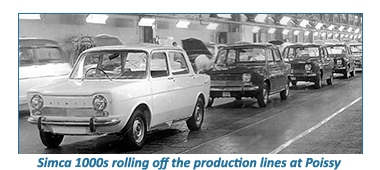 An entirely new Simca made its maiden appearance in 1961 at the Paris Motor Show: the Simca 1000.
An entirely new Simca made its maiden appearance in 1961 at the Paris Motor Show: the Simca 1000.
The 1000 was the first Simca with a rear-mounted engine, with a body style that was a complete departure from the previous Simcas.
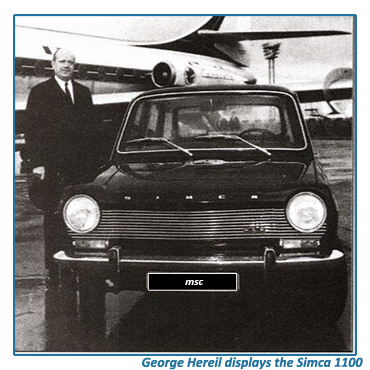
In 1963, the first sings of Chrysler’s growing influence at Simca was adequately displayed when company man George Hereil was sensationally brought in to replace legendary founder Henri Theodore Pigozzi.
According to new owners Chrysler was too subservient to his old friend Gianni Agnelli at Fiat. Devastated by his dismissal and loss of face, Pigozzi passed away suddenly the following year, at the age of just 66.
>With Hereil at the helm, Chrysler influence was barely felt at Simca during the rest of the Sixties.
Despite his tremendous experience in the aeronautics industry, Hereil’s experience in car production was limited.
Without their figurehead, Simca began to lose some of their direction, although, shortly after Pigozzi's passing, they did launch one of their most successful models,the 1100, in 1968.
In 1970 the Simca brand disappeared into history, when Chrysler' increased their share in the company to 99.3 per cent, changing the name of the company shortly after to Chrysler France.






